₱227-Billion Mega Manila Subway Touted as the Country's 'Project of the Century'

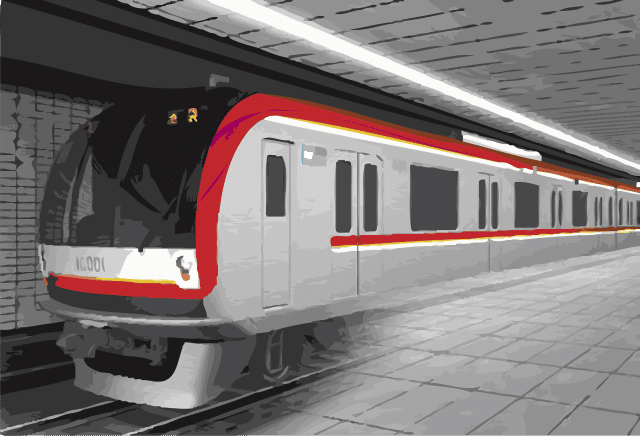 @http://northboundasia.com
@http://northboundasia.comIt's a P227 billion project that needs to live up to the hype of being the Philippines' first subway system.
It will also become the fifth subway system in the entire Southeast Asia.
Expected to be the most expensive transport project by the Duterte administration, the government predicts that it will accommodate 370,000 passengers per day in the first year alone.
But the question is: can they deliver?
It seems Department of Transportation Secretary (DOTC) chairman Arthur Tugade has a lot of faith in its implementation.
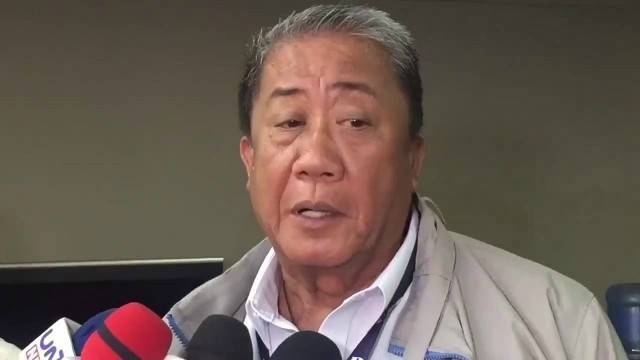 @https://i.ytimg.com
@https://i.ytimg.com"This is a very ambitious project. Give us your trust, give us your confidence. We will build, build, build it. We will complete it," he said.
And apparently, things have already started, with the project up for approval by President Duterte this September. Moreover, the National Economic Development Agency (NEDA) informed that a loan agreement signing will happen between the Philippines and Japanese governments this November for the said project.
Socioeconomic Planning Secretary Ernesto M. Pernia added: "The subway is going to be the project of the century for the Philippines. Designing of that will be in November when Prime Minister Abe will come for the ASEAN Summit," he said in a press conference in Quezon City.
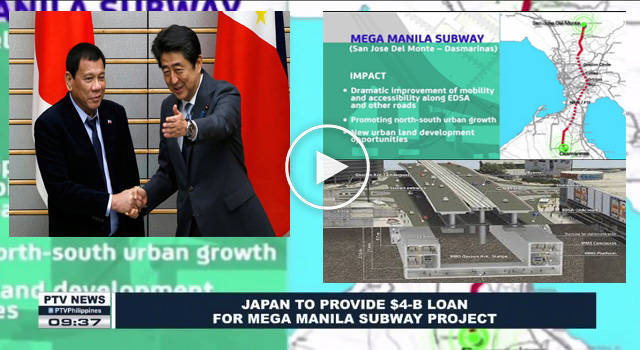 @https://1.bp.blogspot.com/
@https://1.bp.blogspot.com/How It Started
The subway proposal has been in the works as early as 1973, when the Japan International Cooperation Agency (JICA) and former Secretary of Public Works and Highways David Consunji proposed it to be a part of the 1977 MMetroplan. This was supported by the World Bank, but was not implemented due to concerns about flood-prone areas, such as Marikina and Cainta. They opted to build the Manila Light Rail Transit System Line 1, instead.
In 2014, the "Metro Manila Subway" was produced as part of the Metro Manila Dream Plan, a strategic, unified plan recommended by a study conducted again by the Japan International Cooperation Agency (JICA). It was approved by the National Economic and Development Authority (NEDA) Board in June 2014.
Design and Features of the Subway
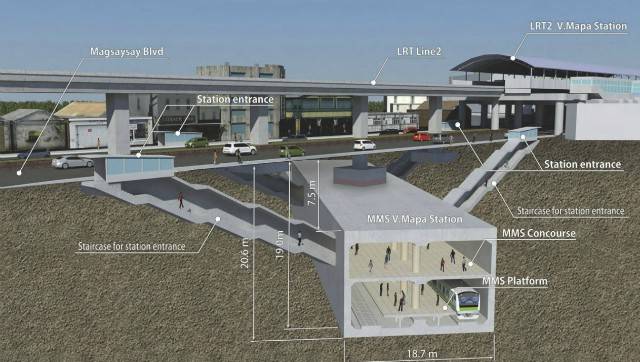 @https://image.ibb.co
@https://image.ibb.coOriginally, the "Metro Manila Subway" would be a 57.7-kilometer subway that would serve as the second north–south mass transit for the newly expanded Greater Capital Region. But it was modified, and was renamed "Mega Manila Subway."
Now part of President Duterte's ambitious "Build, Build, Build Plan" for the Philippines, this subway is estimated to be 25 kilometers long, with an expected run of about 80 kilometers per hour. The inner tunnel diameter is 5.2 meters, while the outer tunnel diameter is 5.65 meters.
The subway will be designed to withstand a magnitude 8.0 earthquake, since the nearby Marikina Valley Fault System can reach a magnitude of 7.2-7.6 on the scale.
Once completed, it's expected to reduce the time it takes to travel from Quezon City to Taguig in just 31 minutes.
Implementation of the Project
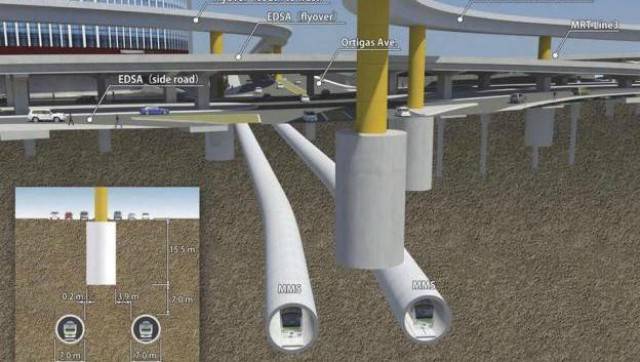 @https://www.update.ph
@https://www.update.phThe first construction phase of the Mega Manila Subway would involve thirteen stations (or stops):
Quezon City: 1. Mindanao Avenue 2. North Avenue 3. Quezon Avenue 4. East Avenue 5. Anonas 6. Katipunan
Mandaluyong: 7. Ortigas North 8. Ortigas South
Makati: 9. Kalayaan Avenue
Taguig: 10. Bonifacio Global City 11. Cayetano Boulevard 12. Food Terminal Incorporated (FTI) 13. Ninoy Aquino International Airport
The entire subway will also extend beyond Metro Manila to San Jose del Monte City, Bulacan (north) and Dasmariñas City, Cavite (south).
It's projected to begin by the fourth quarter of 2020, and expected to be completed by the second quarter of 2025.
Featured Articles
- Latest
- Popular
Recommended Articles For You
Featured Cars
- Latest
- Upcoming
- Popular
Car Articles From Zigwheels
- News
- Article Feature
- Advisory Stories
- Road Test

